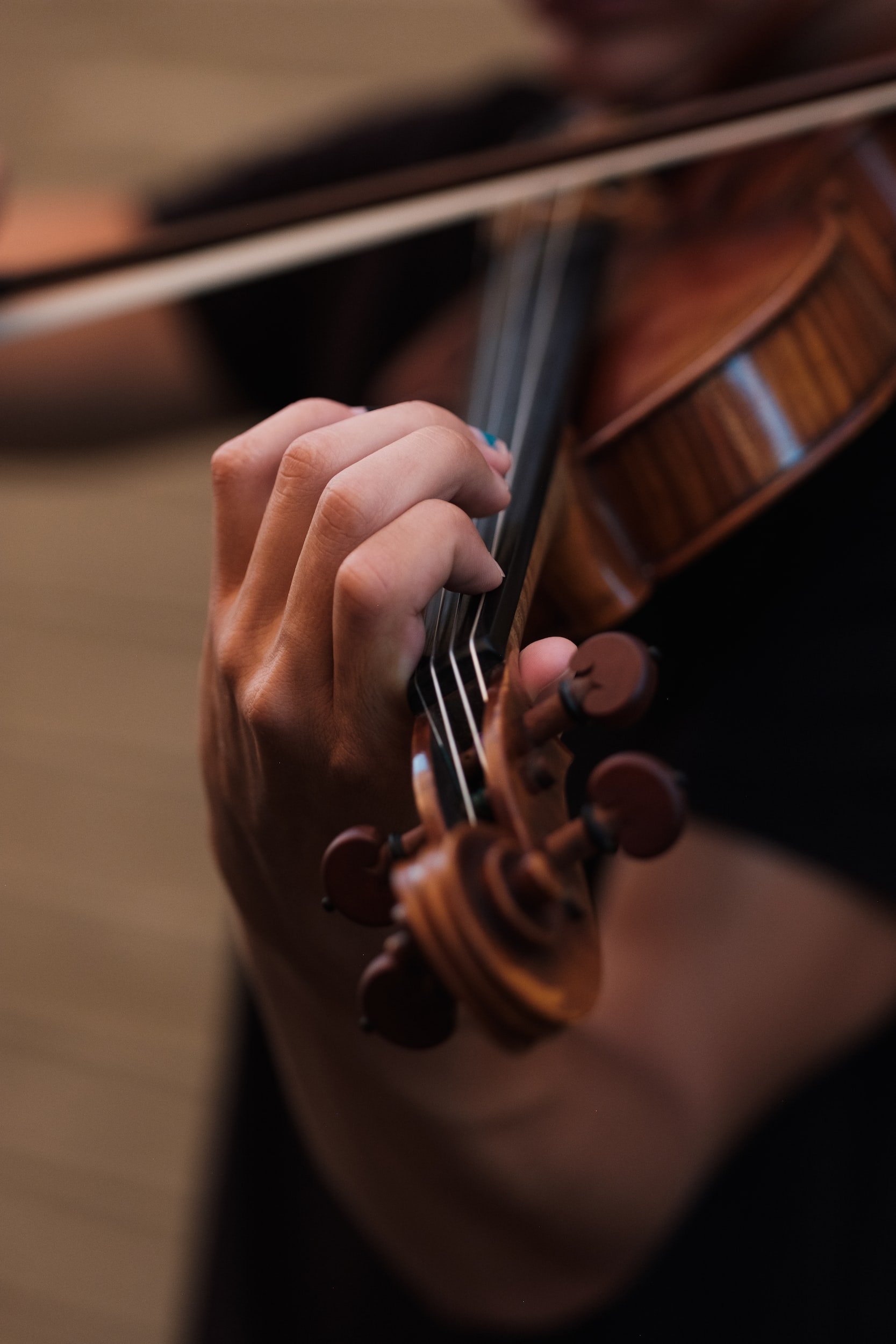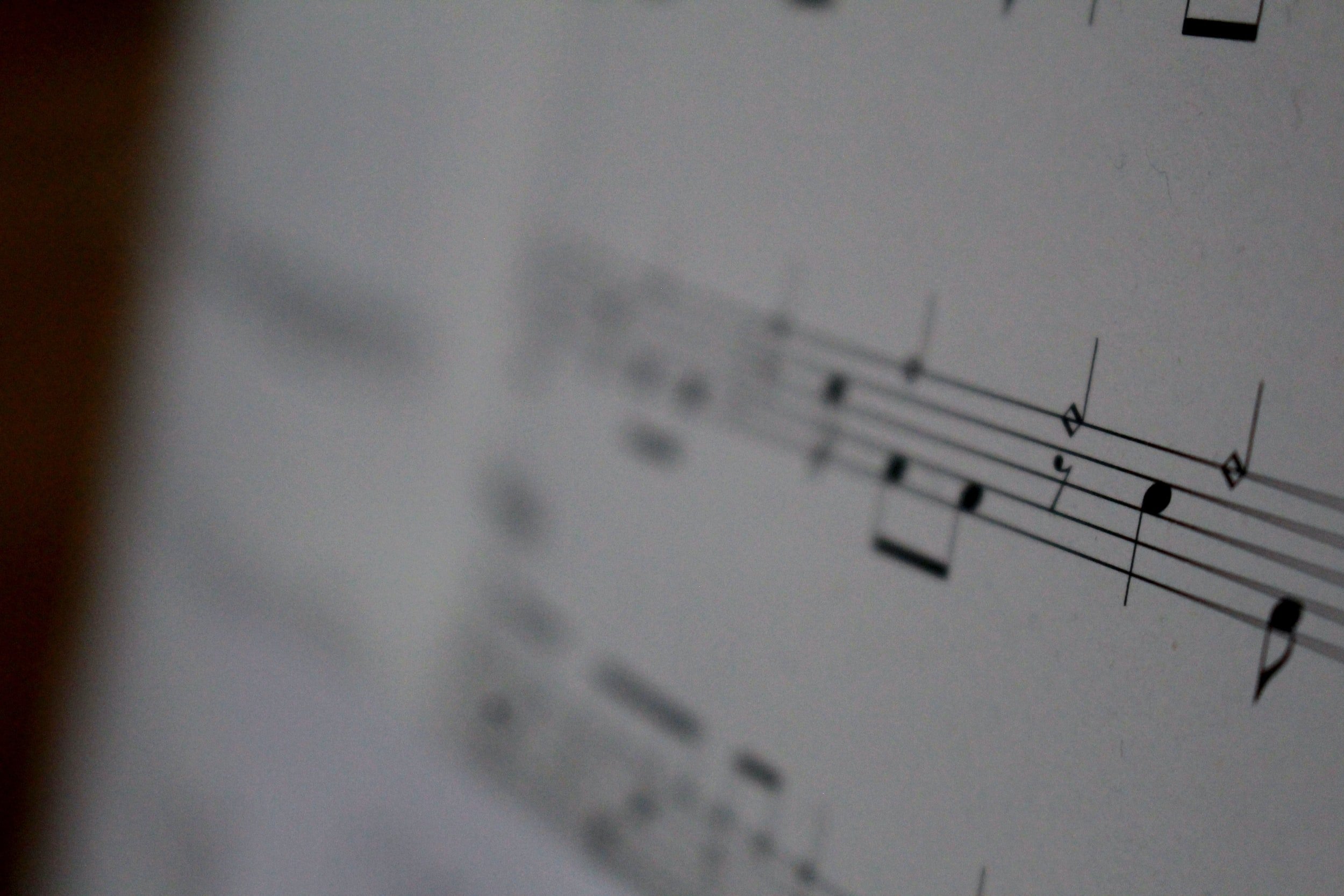What Makes Effective Orchestration?
We can summarize effective orchestration in one sentence:
"Effective orchestration amplifies musical ideas."
It amplifies musical ideas in three dimensions:
It makes them easy for the players to understand and execute
It ensures audiences can follow the musical argument and hear each musical layer
It adds richness to musical ideas and heightens the contrast between layers and sections — so that each idea "pops."
As you write for orchestra, here are three questions that will help you critique your orchestrations.
1. “Is it playable?”
Effective orchestrations are physically possible, idiomatic, and as easy as possible for each instrument.
"Playable" begins with your writing being physically possible. For instance, there are no out-of-range notes. The written dynamics are easy to produce at the given pitches and rhythms. Wind and brass players are given sufficient time to breathe and rest their embouchures. Fingerings for all instruments respect the differing physical realities of the various instruments. And so on.
In addition to being physically possible, effective orchestration is idiomatic. In other words, it respects the limitations and takes advantage of the strengths of each instrument. Orchestration is about more than choosing a tone color you like; it's about understanding the nuances of what's possible — or not — on every instrument. Effectively orchestrated parts typically cannot be substituted across instruments. Such substitutions often would not work, because they are tailored specifically to each instrument.
Lastly, effective orchestrations are also as easy as possible. This includes both the ease of the individual parts, as well as how easily the ensemble can coordinate the separate parts. Orchestral players (rightly) dislike playing needlessly virtuosic passages, especially when no one can hear their part. This does not mean that orchestral music cannot at times be difficult or virtuosic, but that you should know how difficult what your writing is — and whether that difficulty is both essential to and audible in the result.
2. “Is it clear?”
Effective notation is one of the hallmarks of clear orchestration.
Beyond playability, clarity is the next most important aspect of effective orchestration.
Clarity begins with effective notation. Each articulation, dynamic, and indication needs to be what the player expects to indicate a particular sound. These markings must also occur on the page where and how the players expect them.
Clear orchestrations use deliberately chosen textual designs (e.g., monophonic, chordal, melody and accompaniment, etc.). A textural design is the overall relationship of the parts to one another. It considers the rhythmic and melodic relationships of the parts to each other, as well as the roles each part plays.
Clear orchestrations balance each element within these textural designs using register, timbre, tone-weight/tone-size, and dynamics. The goal is to blend the layers that should be heard together (e.g., the chord-tones within a harmony), to contrast the layers that should sound separate (e.g., a melody from its accompaniment), and to ensure the overall texture sounds balanced.
Lastly, clear orchestrations help articulate the formal dimensions of a piece. They accentuate melodic arrivals and cadences within phrases. They demarcate different sections. They work in tandem with harmony and melody to create predictability, tension, release, and surprise.
3. “Is it vivid?”
Vivid orchestration uses instrumental and orchestral idioms to make colors and sounds that “pop!”
With playability and clarity solidly in place, it becomes possible to make your orchestration vivid. Vividness is the "sexy" part of orchestration. It refers to those aspects of orchestration that make a piece "pop" or hook an audience's attention.
The first level of vividness is idiomatic writing. Idiomatic writing does more than make an orchestral part playable; it makes it sound orchestral. It amplifies the nuances and characteristics we expect of the different instruments. For instance, double- and triple-stops are a deeply characteristic part of string writing. Although you can write long passages without them, if you never write them, your strings won’t sound "fully there" — kind of like making a soup but leaving out the herbs and spices.
The next level of vividness is color and articulation. Vivid orchestration revels in contrast and nuance. It is highly particular: "Not this string sound, that one. Not any oboe articulation, this specific one. Not this register in the vibraphone, that one." If you write generic sounds and articulations — if you don't get any more specific than simply assigning pitches and rhythms to instruments — your orchestration will sound bland.
Most of all, effective orchestration is literate in the various orchestral devices. These elements include basic devices like doubling, dovetailing, and the simulation of piano pedal sustain, as well as specific idioms that create contrast and variety among the sections of the orchestra.




